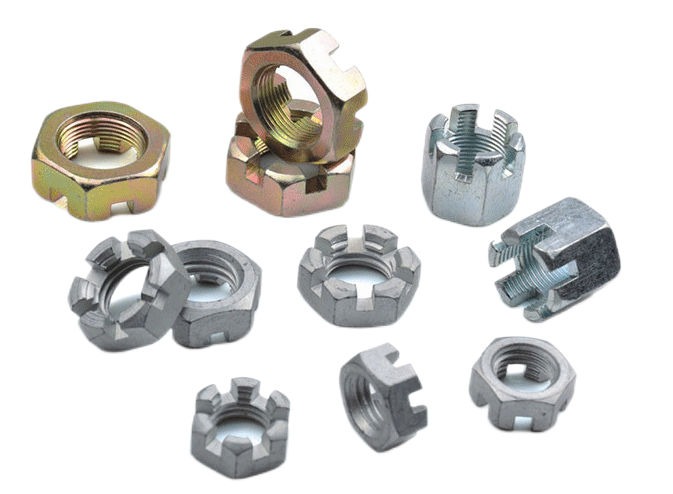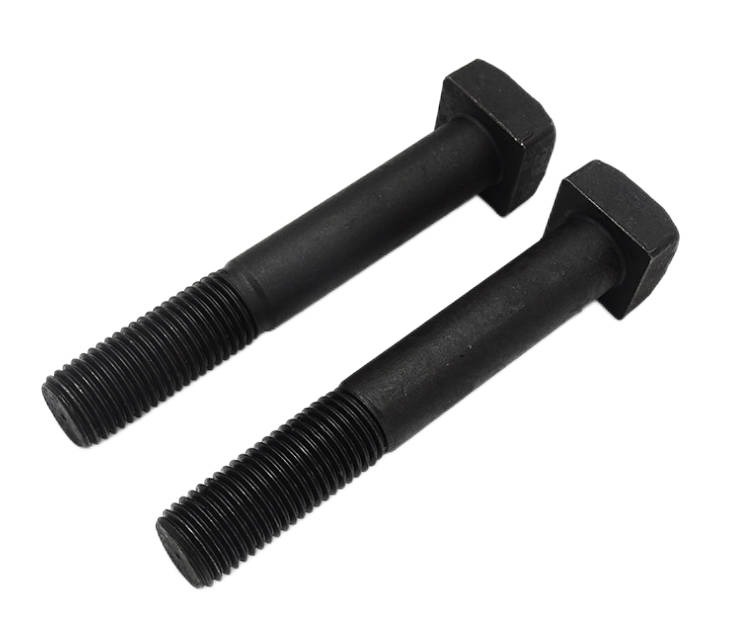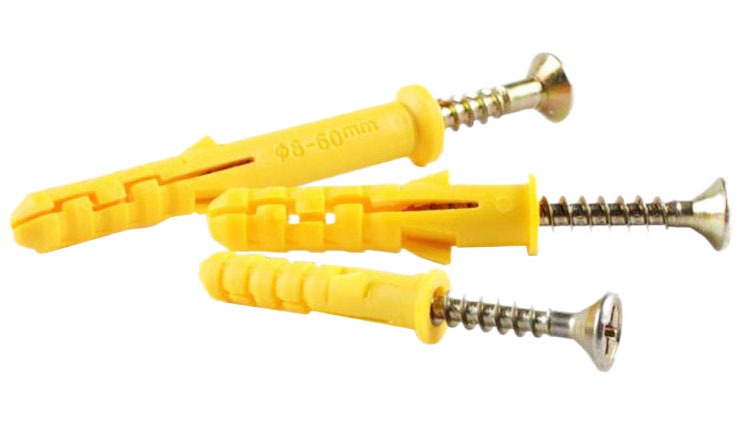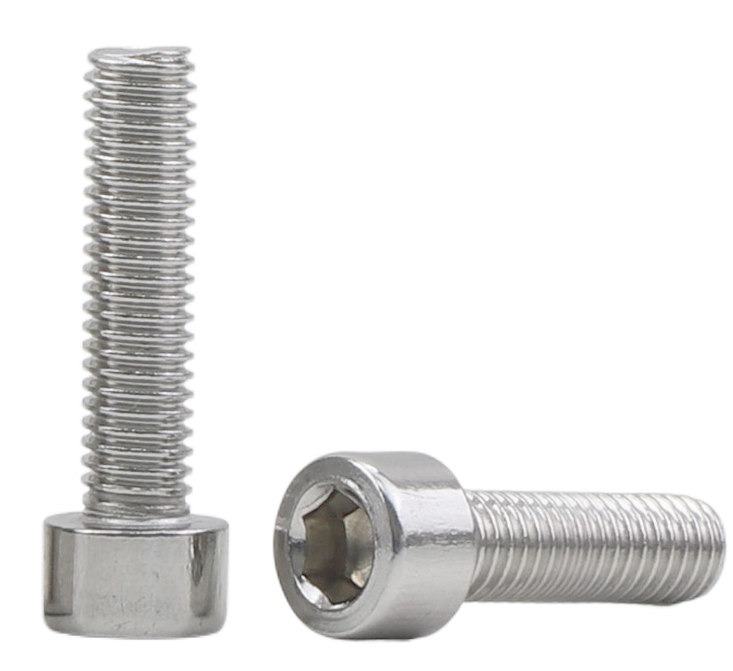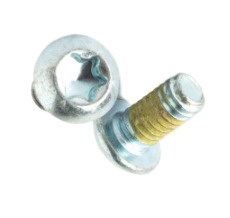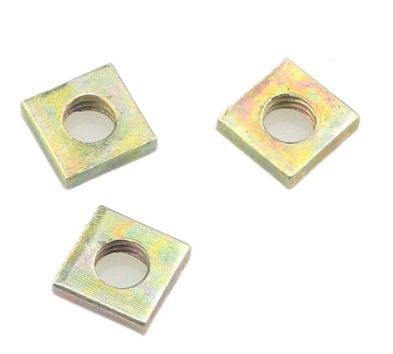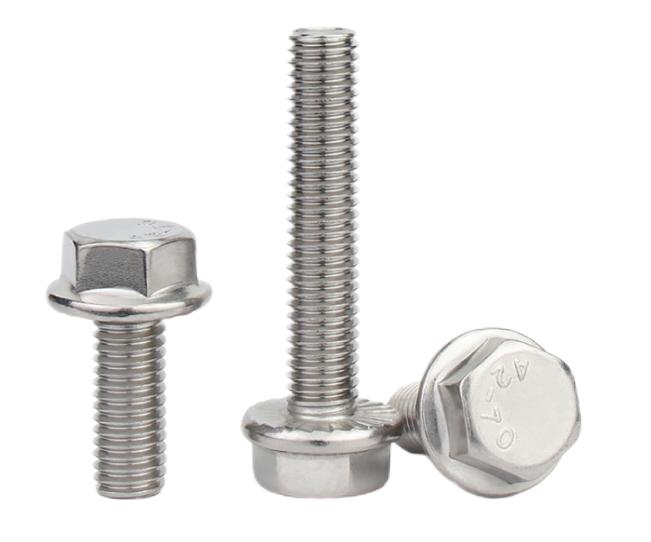What is Surface Phosphating Treatment?
Common fastener surface treatment processes include electroplating, electrophoresis, painting, oxidation blackening, phosphating, and so on. This article will mainly introduce surface phosphating treatment.
Phosphating is a process in which chemical and electrochemical reactions form a phosphate chemical conversion film, and the formed phosphate conversion film is called a phosphating film. It is mainly used on the surface of iron and steel, and the surface of non-ferrous metals (such as aluminum and zinc) can also be phosphating.
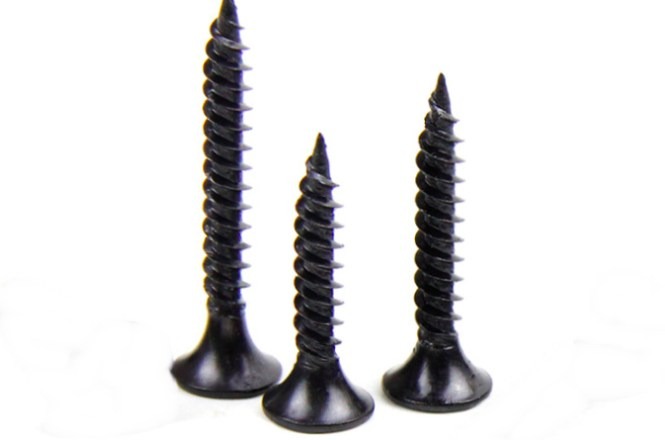
What is the purpose of surface phosphating treatment?
1. It is used as a primer before painting to improve the adhesion and corrosion resistance of the paint film layer. The phosphating film and the metal workpiece are tightly integrated structures. The porosity of the phosphating film allows the paint to penetrate into these pores, and the paint is closely combined with the phosphating film to improve the adhesion.
2. Provide protection to the base metal and prevent the metal from being corroded to a certain extent. The phosphating film is a non-metallic non-conductive isolation layer, which can inhibit the formation of micro-batteries on the surface of metal workpieces and effectively prevent the corrosion of the coating film.
3. Play the role of anti-friction lubrication in the metal cold working process.
4. Able to provide a clean surface. The phosphating film can only grow on the surface of the metal workpiece without oil and rust. Therefore, phosphated metal workpieces can provide a clean, grease-free, and rust-free surface.
What are the important factors affecting the phosphating effect?
1. Effect of temperature on phosphating effect:
The lower the temperature, the thinner the phosphating layer, and the finer the crystallization.
The higher the temperature, the thicker the phosphating layer and the coarser the crystallization.
2. Influence of free acidity on phosphating effect:
Free acidity refers to the concentration of free hydrogen ions in the phosphating solution, which is mainly produced by the ionization of phosphoric acid and other acids.
Excessive free acidity: The corrosion reaction on the surface of steel parts is too fast, and too many bubbles generated by the reaction hinder the formation of phosphating film. The structure of the film layer is loose and porous, the corrosion resistance is reduced, and the phosphating time is prolonged.
The free acidity is too low: the corrosion reaction is slow, the phosphating film is difficult to form, and there are many precipitates in the solution.
3. Total Acidity
Total acidity refers to the sum of phosphates, nitrates, and acids. It is generally better to control the total acidity at the upper limit of the specified range, which is conducive to accelerating the phosphating reaction and making the grains of the film layer finer. During the phosphating process, the total acidity decreased continuously and the reaction was slow.
Total acidity, also known as total acidity, refers to the sum of the concentration of combined acid (H2P04-) and free acid in the phosphating solution. The compound acid plays the role of dissociating free H+ to maintain the acid ratio in the solution and maintain the acidity balance of the solution. At the same time, the acid radicals of combined acids are the main components involved in film formation.
Increasing the total acidity can increase the formation speed of phosphating film, and the film formation is fine and uniform.
Total acid too high, free acid too low: the corrosion rate is reduced, and the film formation is also easy to produce powder deposits and sediments.
The total acidity is too low: the reaction speed is slow, the formation of phosphating film is difficult, the crystallization is coarse, and the film layer is rough and loose.
4. PH value
The manganese phosphating solution is generally controlled between 2-3, when the pH>3, the powder is easy to form on the surface of the workpiece. It is difficult to form a film when PH<1.5.
The iron system is generally controlled between 3-5.5.
5. Ion concentration in solution
Effect of Fe2+:
Fe2+ in the solution is easily oxidized to Fe3+, making it difficult to form a film. However, the concentration of Fe2+ in the solution should not be too high, otherwise, the formed film will have coarse grains, and white floating ash on the surface of the film, and the corrosion resistance and heat resistance will decrease.
Effect of Zn2+:
When the concentration of Zn2+ is too high, the grains of the phosphating film is coarse, the brittleness increases, and the surface is white floating ash
When the Zn2+ concentration is too low, the film becomes loose and dark.
This article briefly introduces phosphating treatment. If you want to know more about surface treatment processes such as electroplating and electrophoresis, and the differences between them, you can check out more KENENG-related articles.
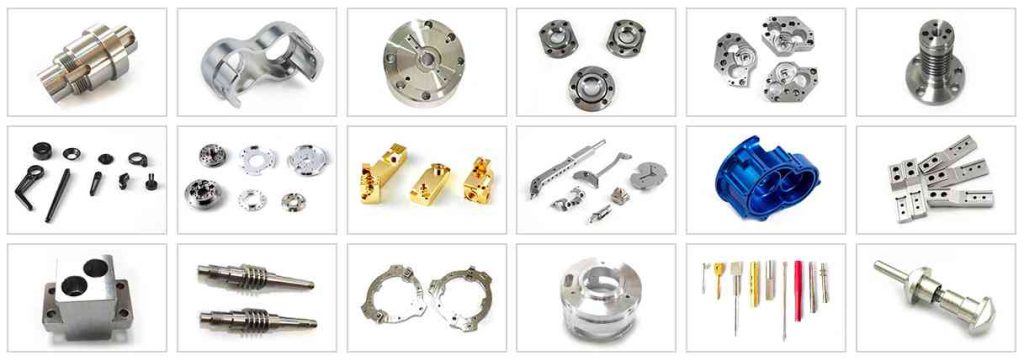
KENENG can provide CNC machining, metal stamping OEM/ODM services, and can also customize fasteners, springs, magnets, etc. Welcome customers from all over the world to contact us if you need.

